August 1945 went down in Vietnamese history as a brilliant milestone, when the entire nation rose up to seize power, ending decades of colonial rule, establishing the Democratic Republic of Vietnam - the first worker-peasant state in Southeast Asia, opening an era of independence and freedom for the country.
In that great victory, we cannot fail to mention the important role of ethnic minorities - those who were enlightened about the revolution early on and were ready to sacrifice everything for the cause of national liberation.
August 1945 has gone down in Vietnamese history as a brilliant milestone, when the entire nation rose up to seize power and establish the Democratic Republic of Vietnam. Photo: Le Anh Dung
A solid base for revolution
Immediately after Japan's coup against France in March 1945, the political situation in Vietnam changed dramatically. Taking advantage of the conflict between the enemy, the revolutionary forces launched a high-level movement to resist Japan and save the country.
Despite the difficult socio -economic conditions, ethnic minorities were soon exposed to revolutionary ideology through Viet Minh cadres. This was the foundation leading to the strong and voluntary participation of ethnic minorities in the climax of the struggle for power.
During the preparation and implementation of the August Revolution in 1945, the Viet Bac region - the main residence of ethnic minorities such as Tay, Nung, Dao, Mong... was considered the "cradle of the revolution". It was here that the major policies of the revolution were outlined, including the plan for the August General Uprising in 1945.
To have a safe and secure location, thatched roofs in villages became secret meeting places, places to print documents, nurture cadres, act as communication stations, deliver mail, and transport weapons. Many Tay, Nung, Dao ethnic families... became staunch revolutionary bases.
As early as mid-August 1945, under the leadership of the Viet Minh, ethnic minority guerrillas and militias closely coordinated with revolutionary forces, organized rallies, marches, captured enemy administrative agencies, disarmed the Japanese army, and disbanded the puppet apparatus. Many places seized power before Hanoi , creating favorable conditions for the general uprising to spread rapidly across the country.
In the Northwest region, Viet Minh cells were established in many villages; revolutionary bases and war zones were established, where forces were gathered, trained, and prepared for the general uprising. Many ethnic minorities became the first cadres of the new government after the uprising.
In the Central Highlands, the struggle movement of the Ede, Gia Rai, Ba Na… ethnic groups also developed rapidly despite the rugged terrain and limited communication conditions. When the opportunity arose, the villages rose up together, overthrew the puppet government, hung the red flag with a yellow star on the communal house, and declared their support for the revolutionary government. The self-defense teams and volunteer youth of the ethnic groups played a pivotal role in winning and maintaining local government.
In the Southwest, the masses, especially Khmer farmers, rose up to seize power in many places such as Tra Vinh, Soc Trang, Bac Lieu...
It can be said that in the preparation and progress towards the August Revolution, ethnic minorities became the core force, contributing to creating great mass strength.
From the mountains to the plains, from the North to the South, ethnic minorities have proven that they are not only a supporting force but also a direct force that brings about victory, contributing to a "lightning-fast, bloodless" revolution - as President Ho Chi Minh once affirmed.
The power of national unity
One of the decisive factors for the victory of the August Revolution was the strength of the great national unity bloc, in which the close relationship between the Kinh people and ethnic minorities across the country stood out.
From the early days of preparing for the uprising, the Kinh people and ethnic minorities fought side by side in every battle, every revolutionary organization and propaganda activity. They shared every bowl of rice, every small hut in the deep forest, and protected each other amidst the enemy's siege.
The Kinh cadres who went to the highlands quickly integrated themselves into the lives of the ethnic minorities, learned the ethnic language, lived with the people, worked together, and fought together. In return, the ethnic minorities were willing to treat the cadres as family members, protecting and defending them to the end.
In combat, guerrilla and militia teams were organized from both Kinh and ethnic minorities, and coordinated their operations smoothly, creating a continuous battle formation throughout strategic areas.
What binds the Kinh and ethnic minorities together is not only a relationship of survival but also a common ideal: national liberation, ending oppression, bringing freedom, equality and happiness to all ethnic groups on the land of Vietnam. That consensus turned patriotism into concrete actions, helping the August 1945 General Uprising take place quickly, widely and with little bloodshed.
It is the spirit of solidarity and close attachment that has become the "key" to opening the door to victory for the Vietnamese revolution throughout history.
The role of ethnic minorities after the August Revolution
Immediately after the August Revolution, in many highland areas with large ethnic minority populations, an initial revolutionary government was established.
Ethnic minorities not only follow the policies of the Party and the Government but also directly participate in the local management apparatus. Many of them became the first cadres in communes and districts, contributing to bringing revolutionary policies closer to the people, mobilizing people to unite, eliminating bad customs, eliminating remnants of the old government, protecting security and order, and maintaining the newly established government.
In many rugged areas, ethnic minority guerrilla teams have become the core armed force, both fighting to protect the locality and supporting regular forces.
When the resistance war against French colonialism broke out in late 1946, the revolutionary base area of Viet Bac once again became the center of the resistance. During the 9-year long resistance war, Viet Bac became the "Capital of the Resistance", where the Central Party, Government and other key agencies were located. The people of the Tay, Nung, Dao, Mong... ethnic groups continued to be the steadfast rear, providing food, weapons and human resources for the battlefield.
Similarly, ethnic minorities in the Northwest, Central Highlands, Southwest and many other localities also actively contributed to the resistance, willing to sacrifice, donate land, feed troops, build roads, and carry supplies for the troops.
The role of ethnic minorities after the August Revolution has not diminished but continues to be strongly promoted. They are not only “revolutionary followers” but have become a part of the revolution, closely attached to the cause of national liberation and the protection of young independence.
In the current period, when the country enters the period of industrialization, modernization and international integration, promoting the spirit of solidarity among ethnic groups becomes even more important.
That is not only a historical lesson but also the foundation for building a developed, prosperous, democratic, fair and civilized Vietnam - where all ethnic groups are equal, united, progress together and contribute to building and protecting the socialist Fatherland of Vietnam.
Vietnamnet.vn
Source: https://vietnamnet.vn/cac-dan-toc-thieu-so-voi-cach-mang-thang-tam-1945-2429376.html




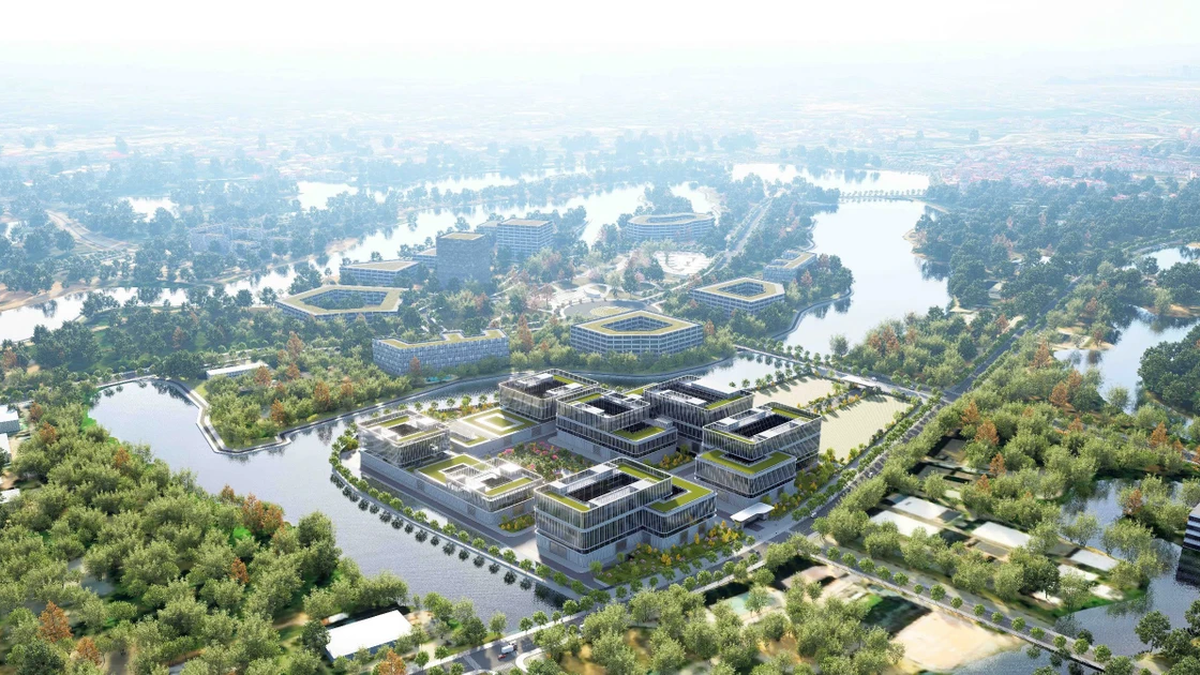

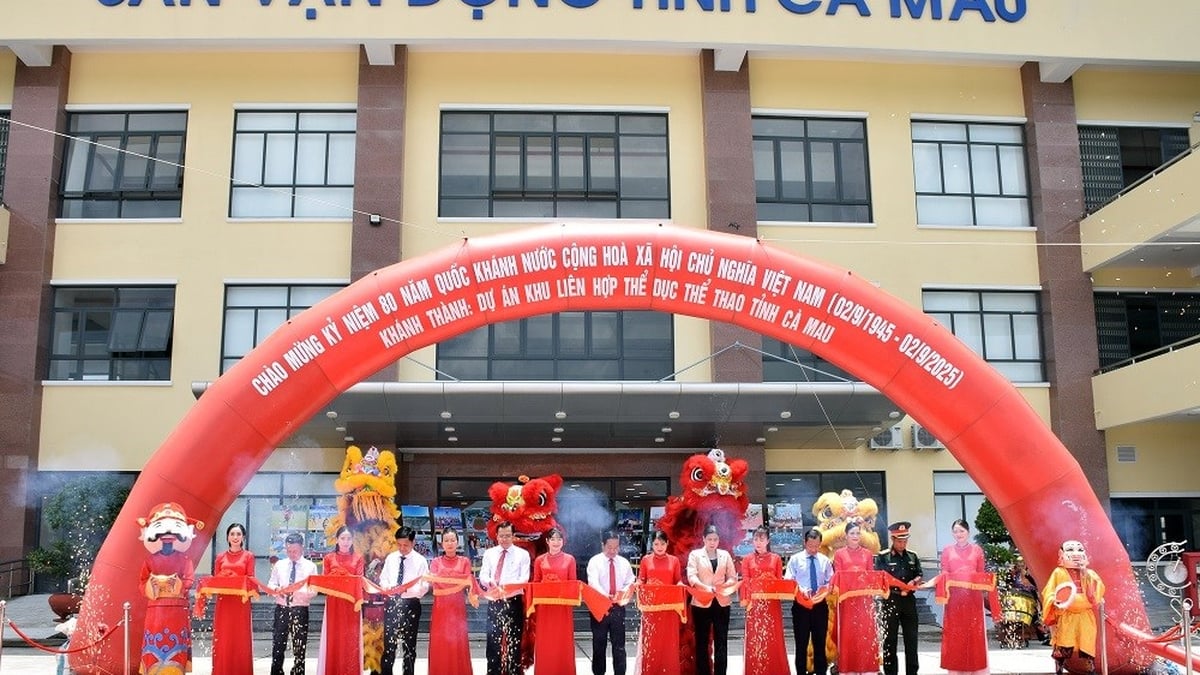
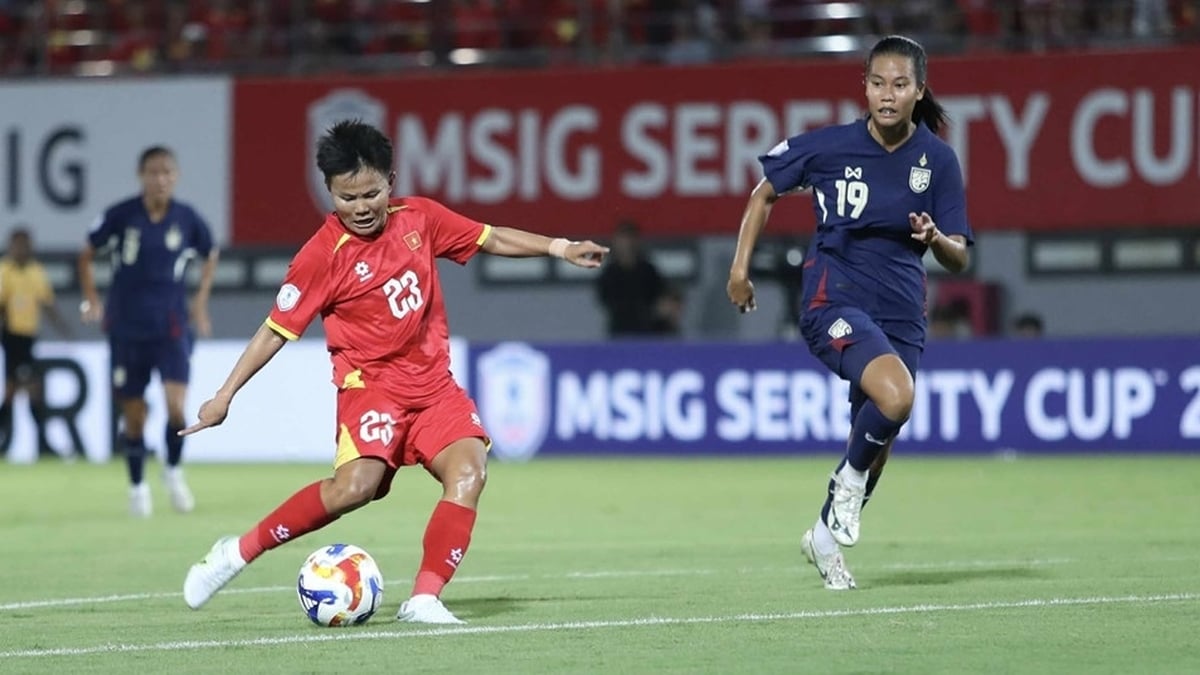
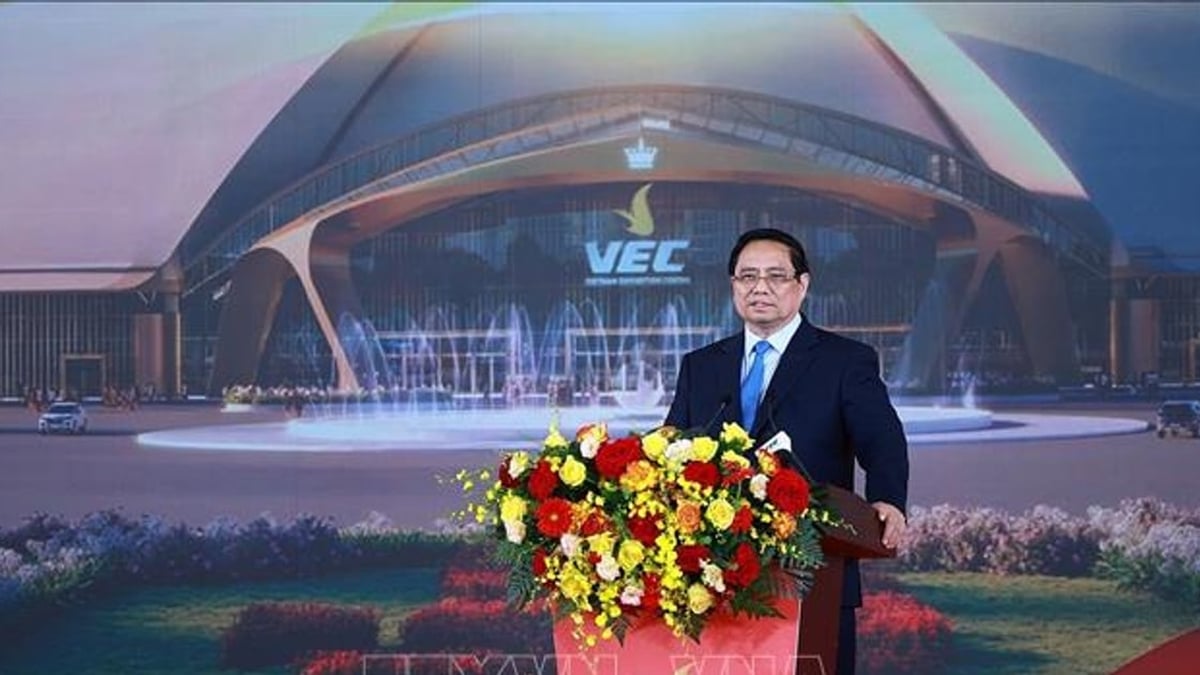
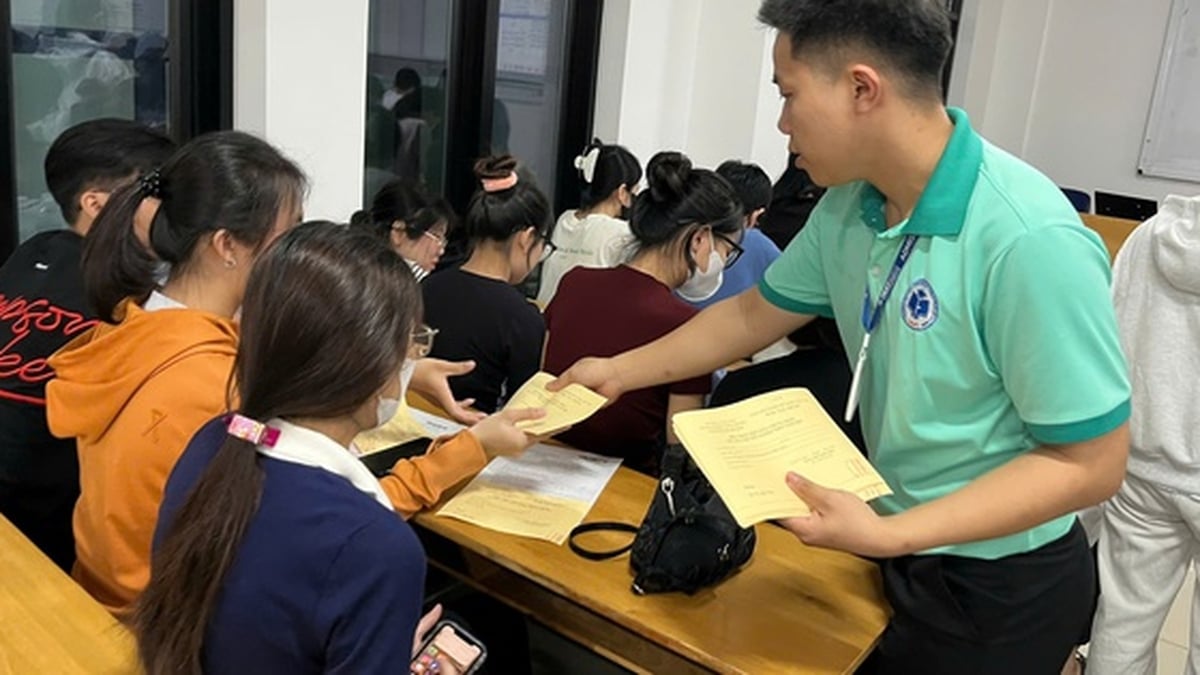

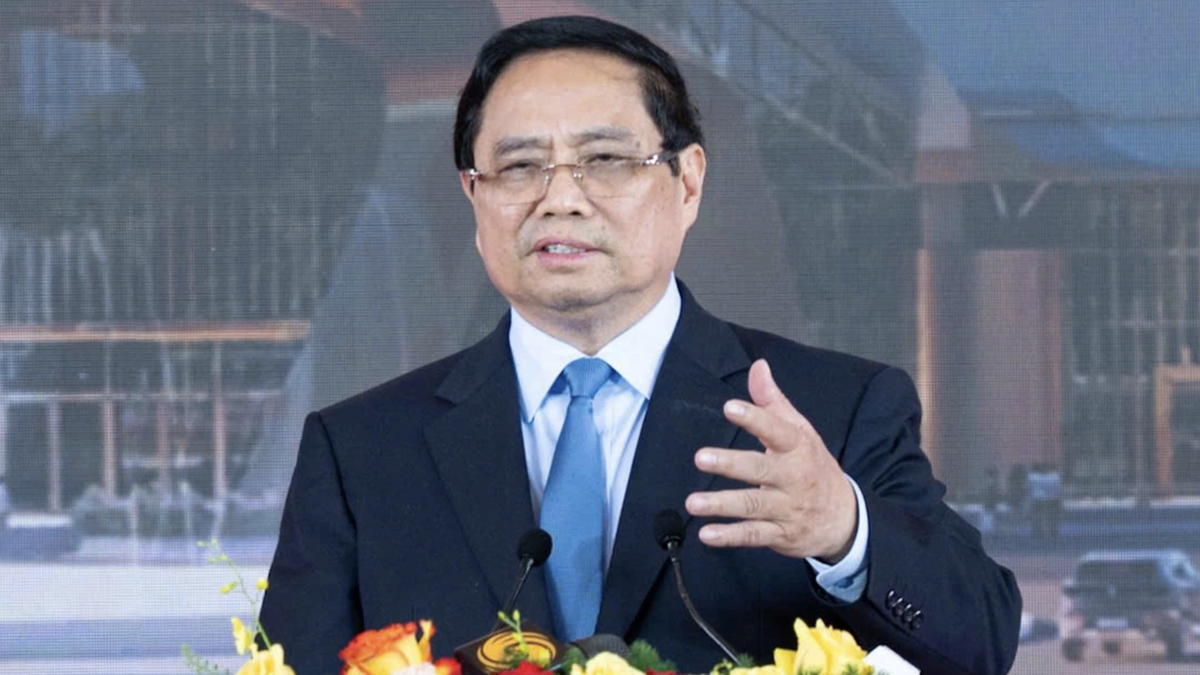
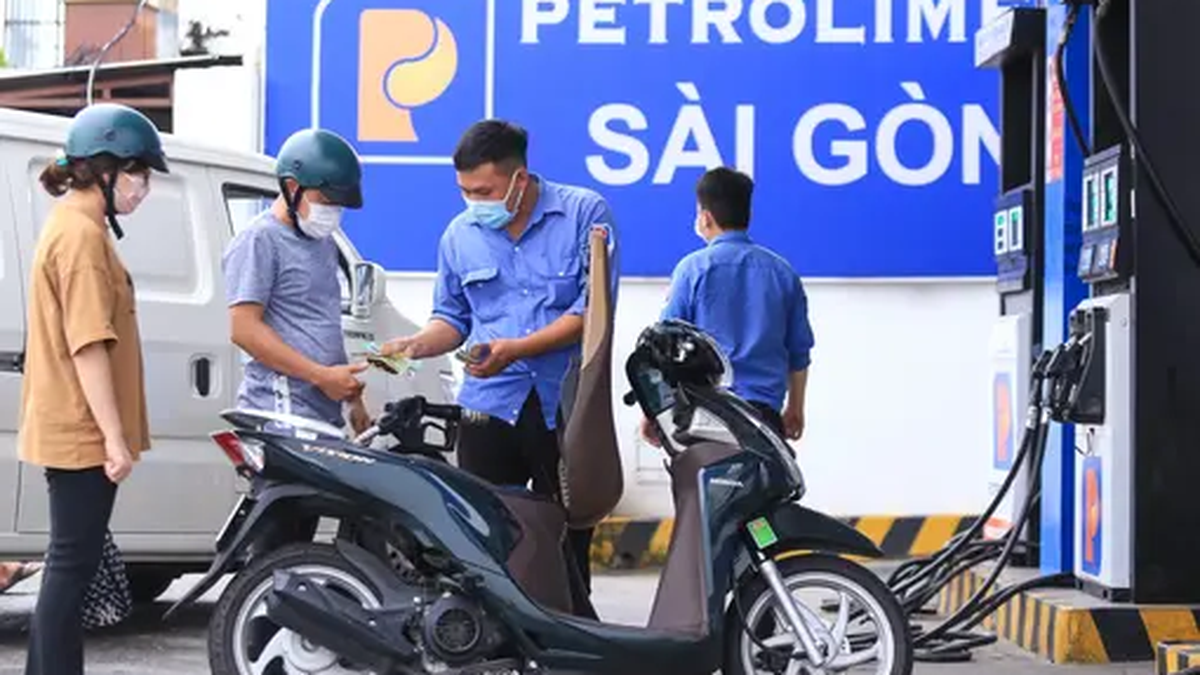










![[Photo] President Luong Cuong's wife and Queen of Bhutan visit Tran Quoc Pagoda](https://vphoto.vietnam.vn/thumb/1200x675/vietnam/resource/IMAGE/2025/8/19/62696af3852a44c8823ec52b03c3beb0)

![[Photo] General Secretary To Lam attends the inauguration and groundbreaking ceremony of 250 projects to celebrate National Day](https://vphoto.vietnam.vn/thumb/1200x675/vietnam/resource/IMAGE/2025/8/19/3aa7478438a8470e9c63f4951a16248b)
![[Photo] General Secretary To Lam and President Luong Cuong attend the handover ceremony of the Presidential Office Headquarters](https://vphoto.vietnam.vn/thumb/1200x675/vietnam/resource/IMAGE/2025/8/19/a37cfcbd301e491990dec9b99eda1c99)
![[Photo] Close-up of the first International Financial Center building in Ho Chi Minh City](https://vphoto.vietnam.vn/thumb/1200x675/vietnam/resource/IMAGE/2025/8/19/3f06082e1b534742a13b7029b76c69b6)
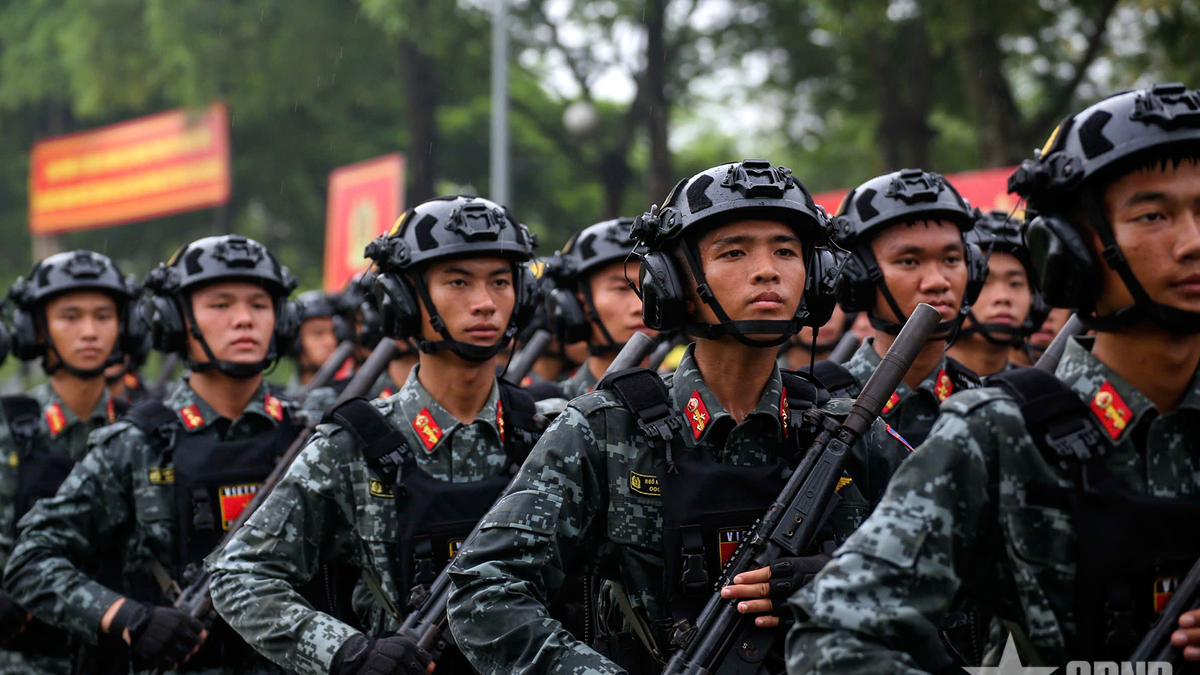

![[Photo] General Secretary and Prime Minister visit the National Exhibition and Fair Center](https://vphoto.vietnam.vn/thumb/1200x675/vietnam/resource/IMAGE/2025/8/19/f4503ad032d24a90beb39eb71c2a583f)
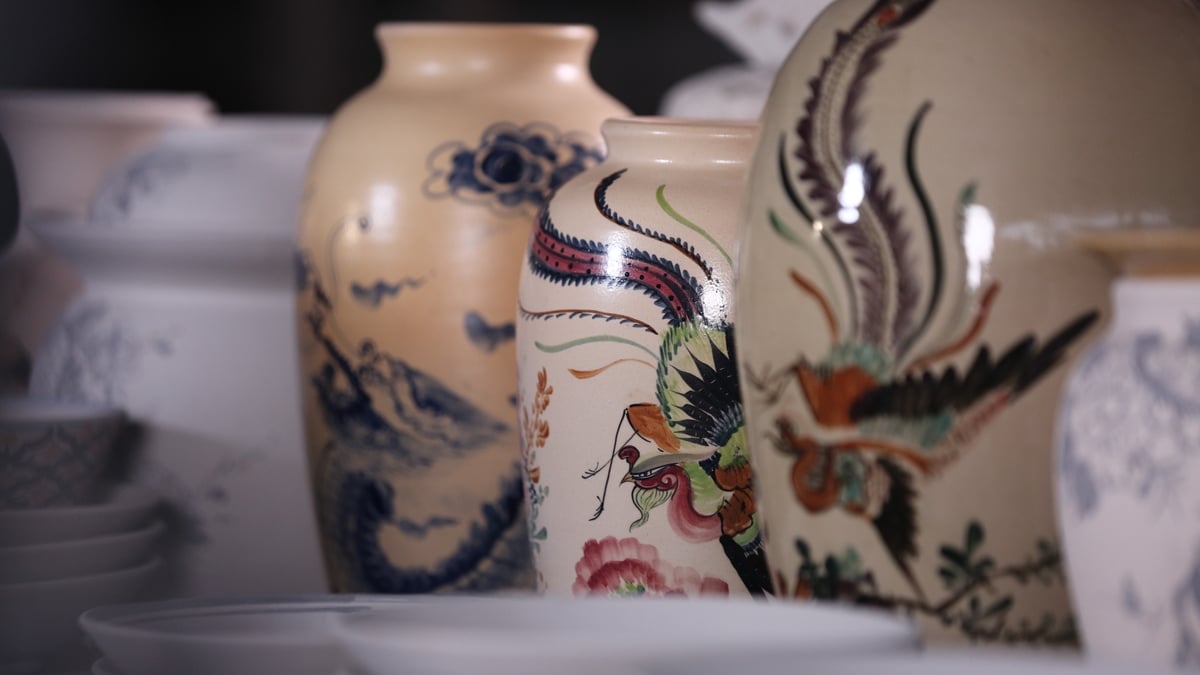
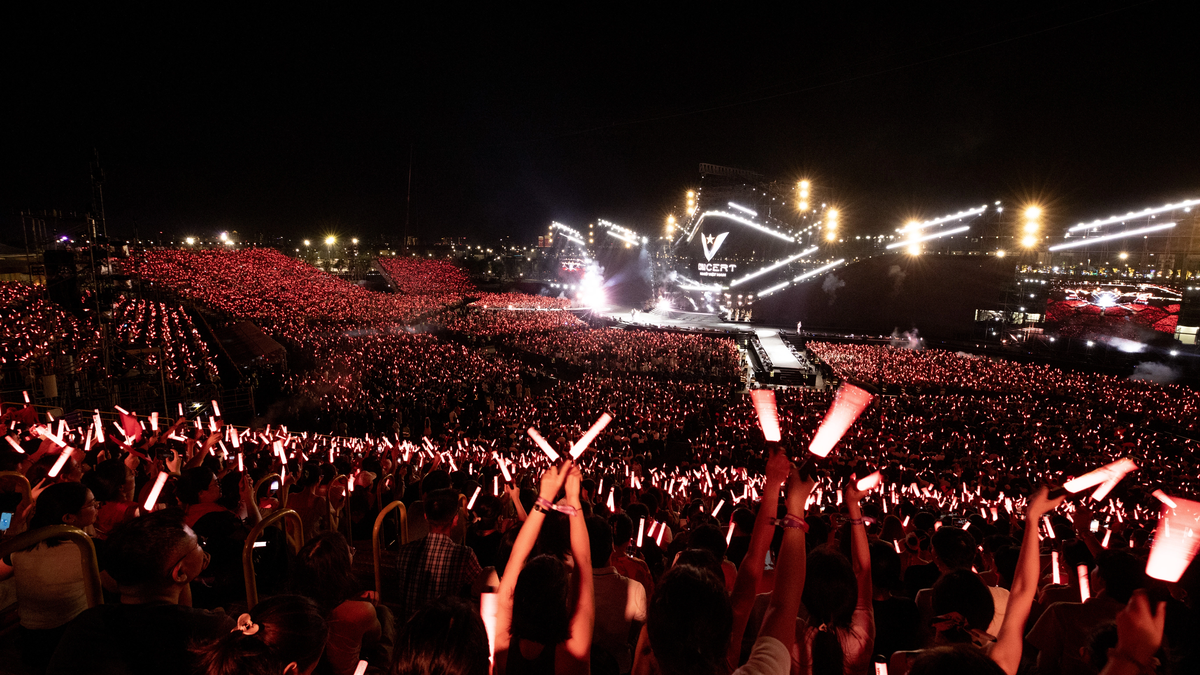
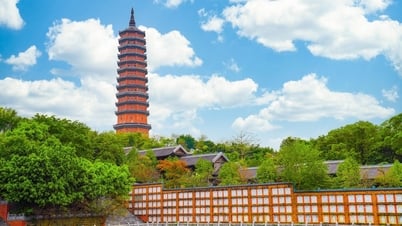

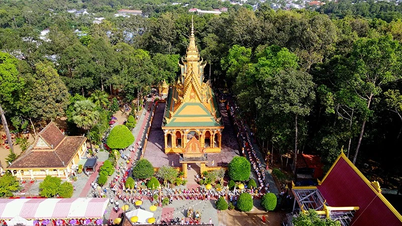

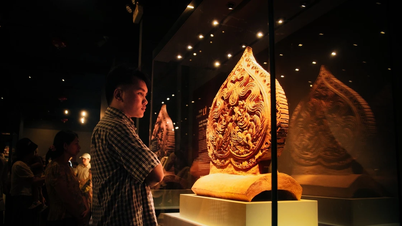



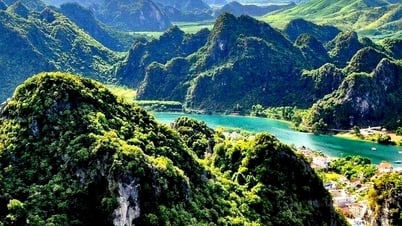

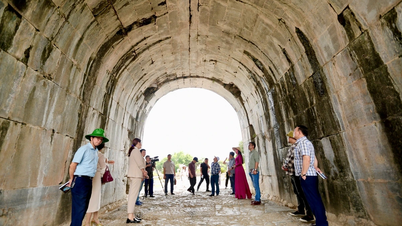

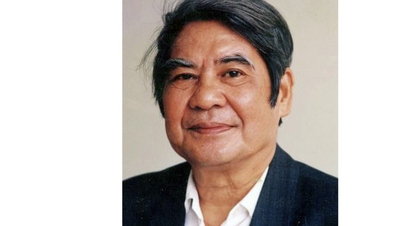

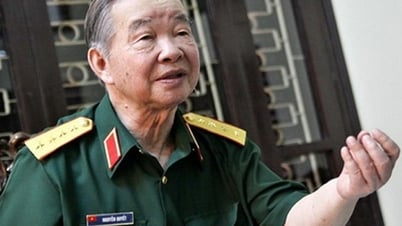

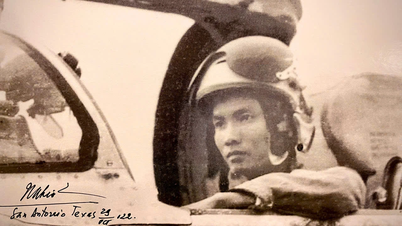





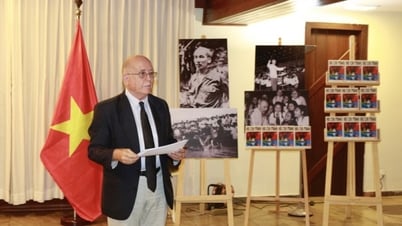

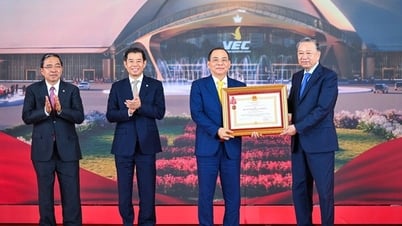

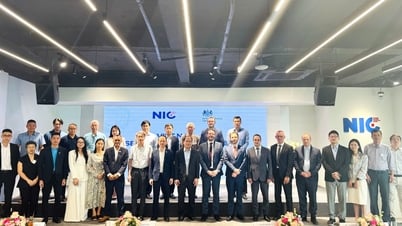

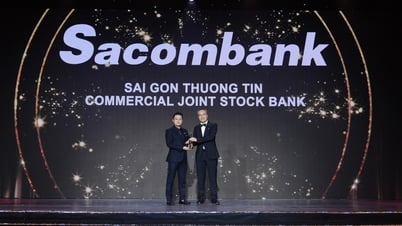


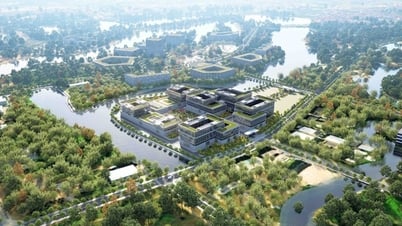

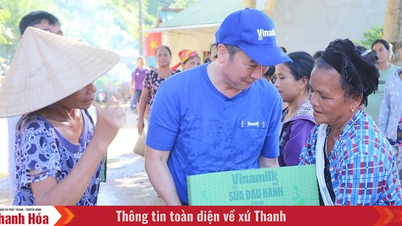


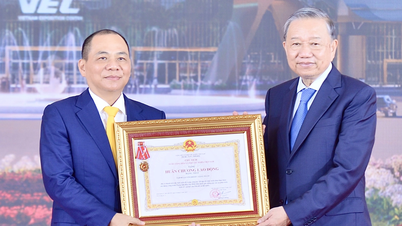
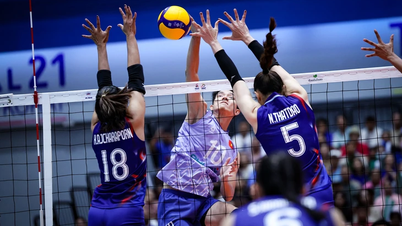

![[Photo] President Luong Cuong holds talks with King Jigme Khesar Namgyel Wangchuck of Bhutan](https://vphoto.vietnam.vn/thumb/402x226/vietnam/resource/IMAGE/2025/8/19/95a2f504f8ab4777ae48b1164382f6cf)
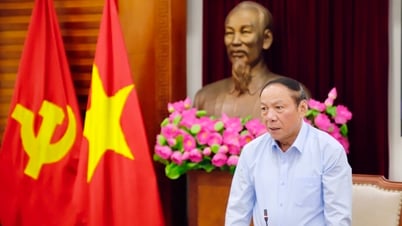

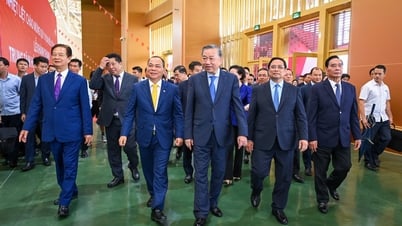
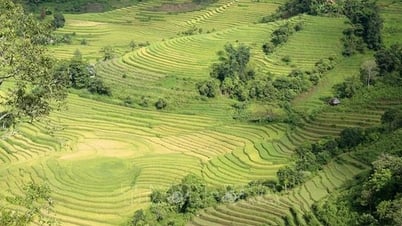


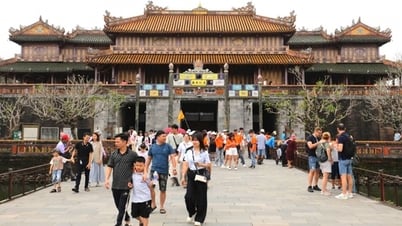

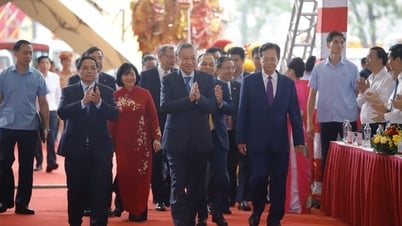
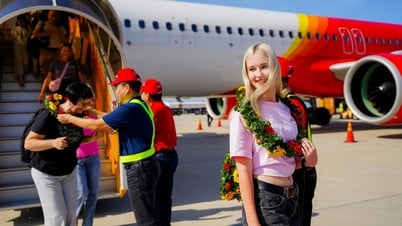









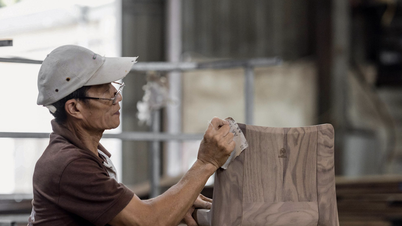


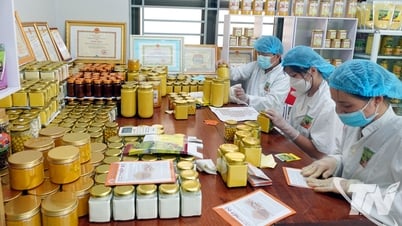



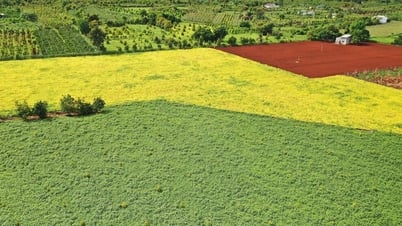






Comment (0)